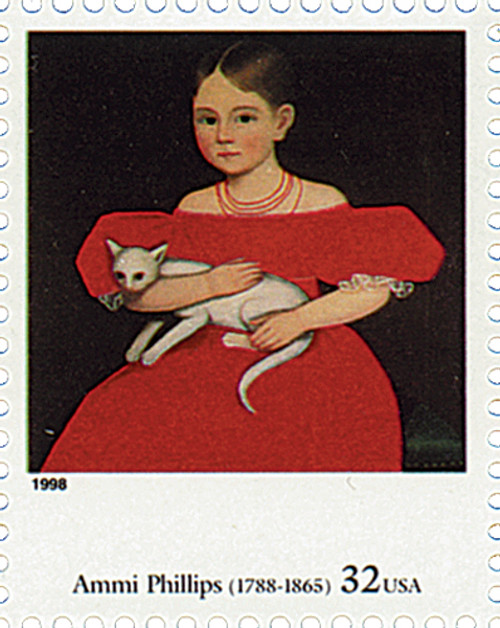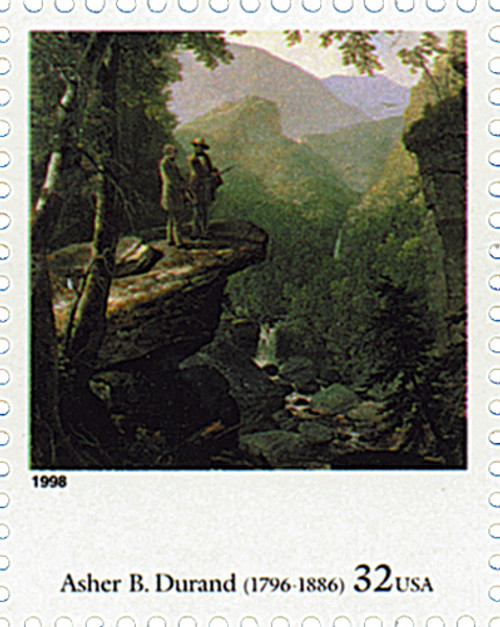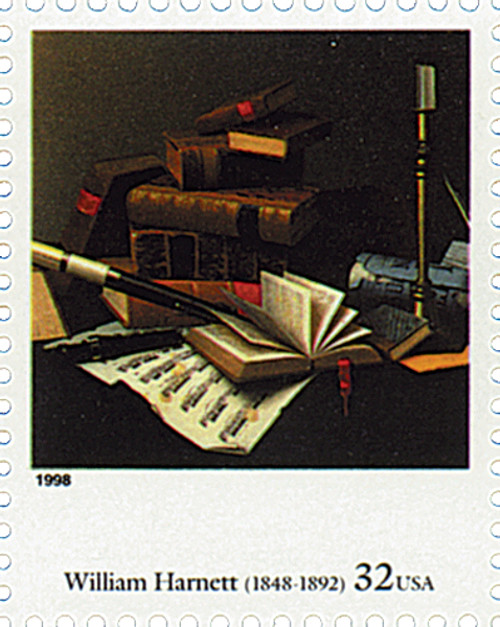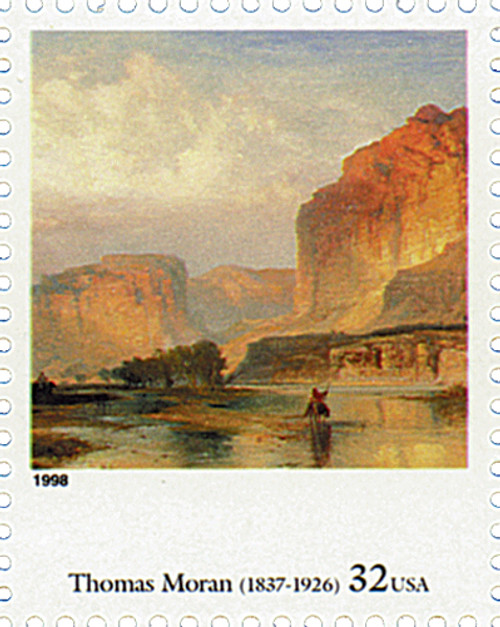
# 3236p - 1998 32c Four Centuries of American Art: Edward Hopper
32¢ Edwin Hopper
Four Centuries of American Art
City: Santa Clara, CA
Quantity: 4,000,000
Printed By: Sennett Security Products
Printing Method: Photogravure
Perforations: 10.2
Color: Multicolored
Birth Of Edward Hopper
Hopper displayed a talent for drawing by the time he was five. His parents encouraged him to pursue art, buying him supplies and books. By the time he was a teenager, Hopper was drawing and painting and making political cartoons.
While in high school, Hopper planned to become a naval architect, but by the time he graduated he decided to pursue a career as an artist. His parents continued to support his ambitions, but also wanted him to have a way to make money, so they encouraged him to study commercial art. He went on to study at the New York School of Art and Design under William Merritt Chase and Robert Henri. Henri, in particular, had a significant influence on Hopper. He urged his students to “make a stir in the world,” and “forget about art and paint pictures of what interests you in life.”
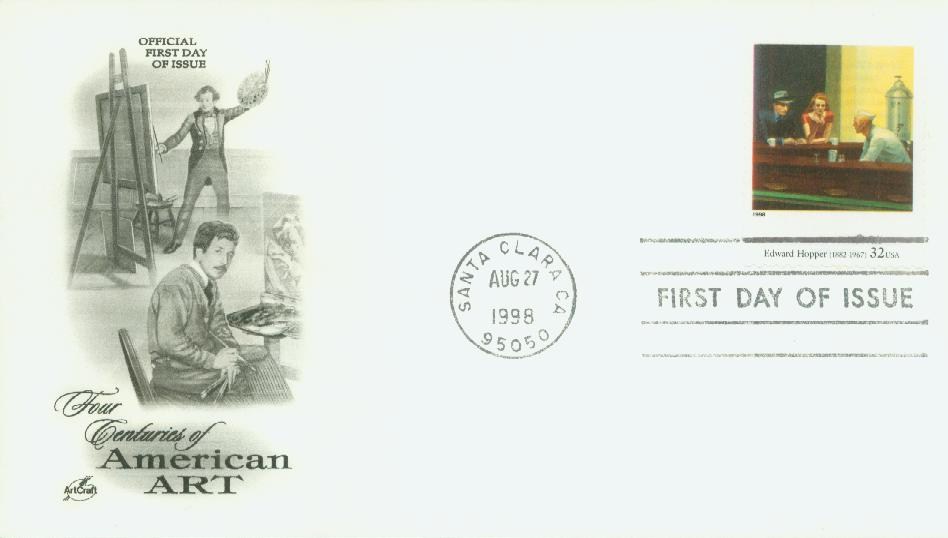
Hopper took a part-time job in 1905, creating cover designs for trade magazines. He grew bored with illustration and made three trips to Paris to study the art there. While most American artists were exploring the abstract cubist work, Hopper was inspired by realist art.
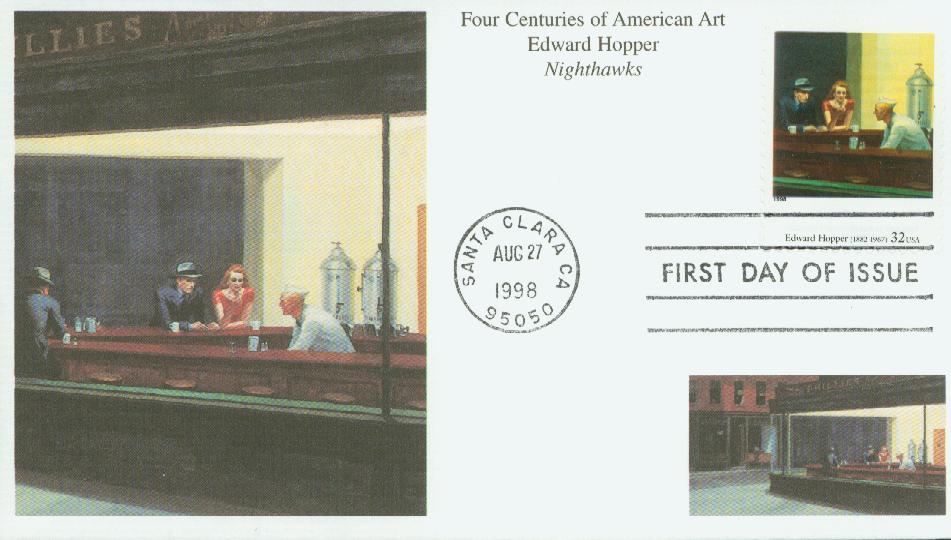
Hopper then returned to America and rented a studio in New York City. He worked as a freelance illustrator while trying to find painting inspiration. In 1912, he went to Gloucester, Massachusetts and began painting outdoor scenes. The following year, he sold his first painting at the famed Armory Show. Around this time, Hopper also began illustrating movie posters, started etching, and later produced posters for the war effort. When he found the time, he produced outdoor watercolors of New England.
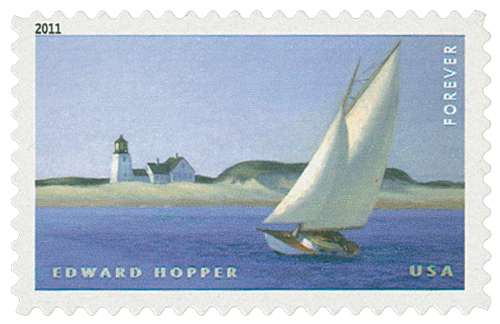
Hopper began to gain some recognition in the late 1910s and early 1920s. In 1918, he won an award for his war poster, Smash the Hun. And in 1923, he received two awards for his etchings. That same year, he re-met fellow artist Josephine Nivison and they were married the following year. Josephine would go on to manage his career and serve as his model for many paintings. Hopper’s career thrived with Josephine’s help arranging exhibitions. After selling all of his watercolors at a one-man show, he finally felt comfortable enough to quit commercial illustration.
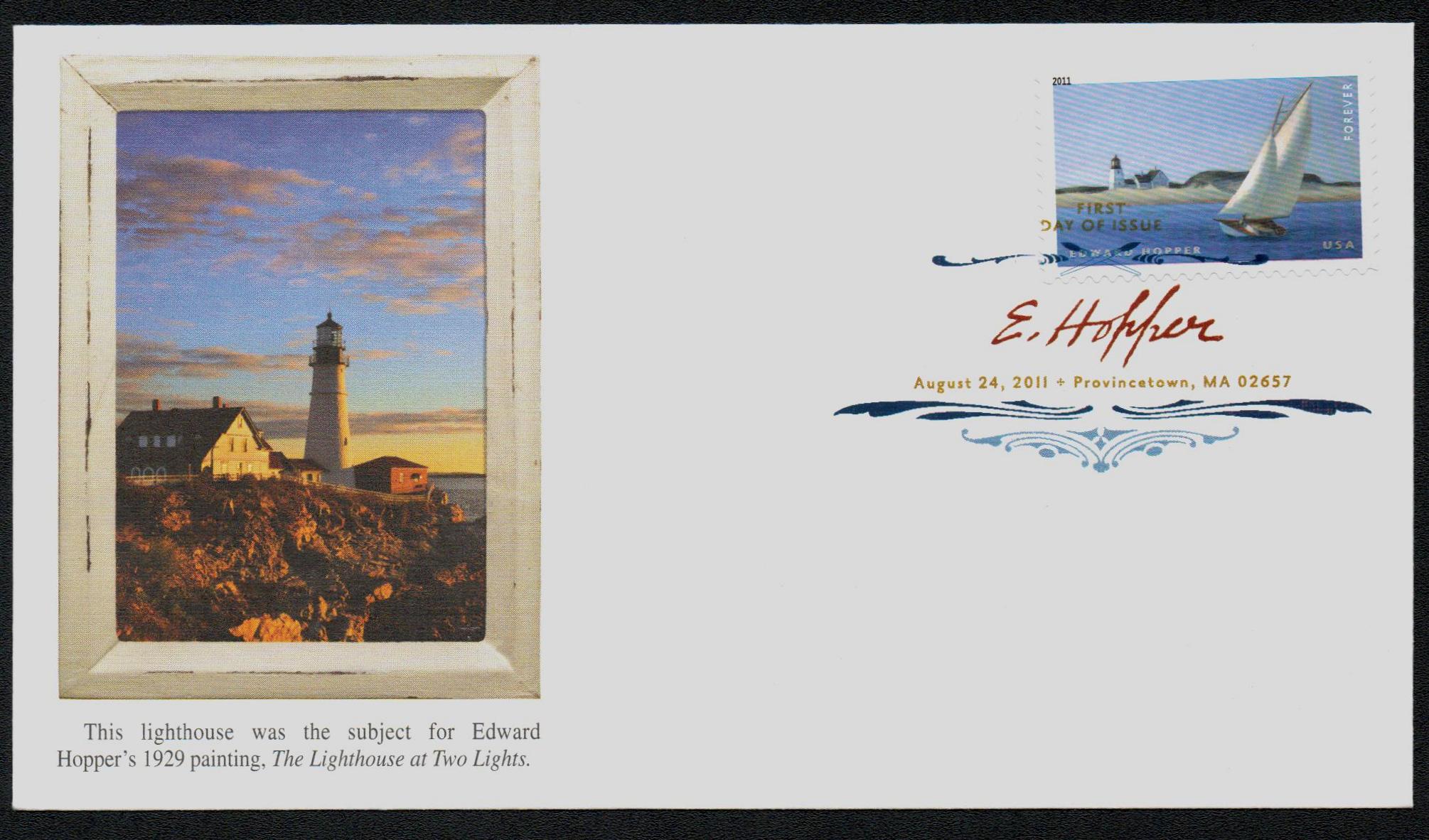
Much of Hopper’s work focused on American architecture. He was fascinated by the shadows created by turrets, towers, porches, and roofs. Hopper said that his “favorite thing was painting sunlight on the side of a house.” His candid works often feature city streets, restaurants, movie theaters, storefronts, and homes as their subjects. Although the paintings appear to be straightforward scenes, most attempt to convey isolation and seclusion.
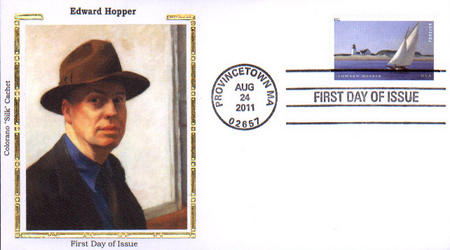
Hopper also did better during the Depression than most other artists. Several museums paid thousands of dollars for his works – he sold 30 paintings and 13 watercolors in one year alone. He enjoyed several decades of success, enabling him to have a home in New York City and a summer cottage in Cape Cod. He also purchased his first car so he could explore and find new painting inspiration.
Hopper’s health began to decline in the 1950s, though he continued to paint when he was well enough. He died in his New York City studio on May 15, 1967.
Click here to view lots more Hopper paintings.
32¢ Edwin Hopper
Four Centuries of American Art
City: Santa Clara, CA
Quantity: 4,000,000
Printed By: Sennett Security Products
Printing Method: Photogravure
Perforations: 10.2
Color: Multicolored
Birth Of Edward Hopper
Hopper displayed a talent for drawing by the time he was five. His parents encouraged him to pursue art, buying him supplies and books. By the time he was a teenager, Hopper was drawing and painting and making political cartoons.
While in high school, Hopper planned to become a naval architect, but by the time he graduated he decided to pursue a career as an artist. His parents continued to support his ambitions, but also wanted him to have a way to make money, so they encouraged him to study commercial art. He went on to study at the New York School of Art and Design under William Merritt Chase and Robert Henri. Henri, in particular, had a significant influence on Hopper. He urged his students to “make a stir in the world,” and “forget about art and paint pictures of what interests you in life.”

Hopper took a part-time job in 1905, creating cover designs for trade magazines. He grew bored with illustration and made three trips to Paris to study the art there. While most American artists were exploring the abstract cubist work, Hopper was inspired by realist art.

Hopper then returned to America and rented a studio in New York City. He worked as a freelance illustrator while trying to find painting inspiration. In 1912, he went to Gloucester, Massachusetts and began painting outdoor scenes. The following year, he sold his first painting at the famed Armory Show. Around this time, Hopper also began illustrating movie posters, started etching, and later produced posters for the war effort. When he found the time, he produced outdoor watercolors of New England.

Hopper began to gain some recognition in the late 1910s and early 1920s. In 1918, he won an award for his war poster, Smash the Hun. And in 1923, he received two awards for his etchings. That same year, he re-met fellow artist Josephine Nivison and they were married the following year. Josephine would go on to manage his career and serve as his model for many paintings. Hopper’s career thrived with Josephine’s help arranging exhibitions. After selling all of his watercolors at a one-man show, he finally felt comfortable enough to quit commercial illustration.

Much of Hopper’s work focused on American architecture. He was fascinated by the shadows created by turrets, towers, porches, and roofs. Hopper said that his “favorite thing was painting sunlight on the side of a house.” His candid works often feature city streets, restaurants, movie theaters, storefronts, and homes as their subjects. Although the paintings appear to be straightforward scenes, most attempt to convey isolation and seclusion.

Hopper also did better during the Depression than most other artists. Several museums paid thousands of dollars for his works – he sold 30 paintings and 13 watercolors in one year alone. He enjoyed several decades of success, enabling him to have a home in New York City and a summer cottage in Cape Cod. He also purchased his first car so he could explore and find new painting inspiration.
Hopper’s health began to decline in the 1950s, though he continued to paint when he was well enough. He died in his New York City studio on May 15, 1967.
Click here to view lots more Hopper paintings.








